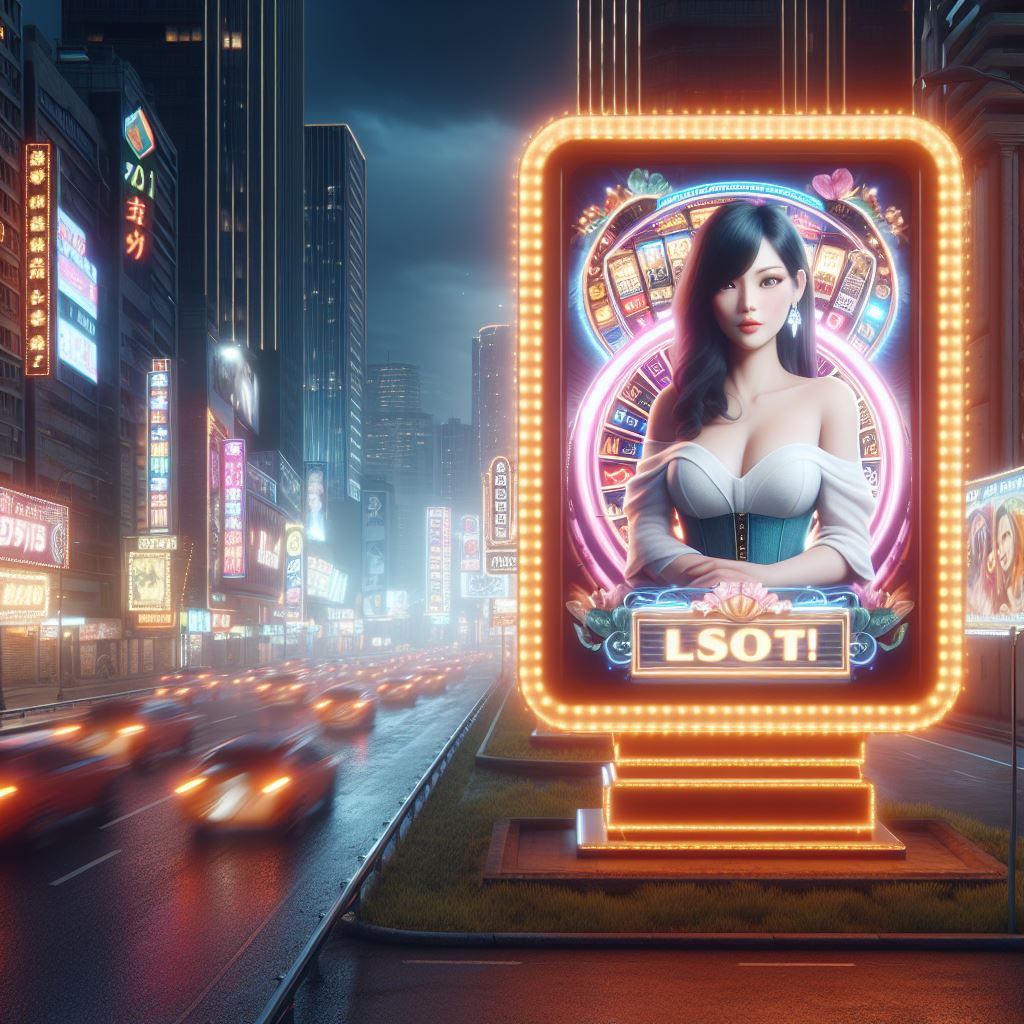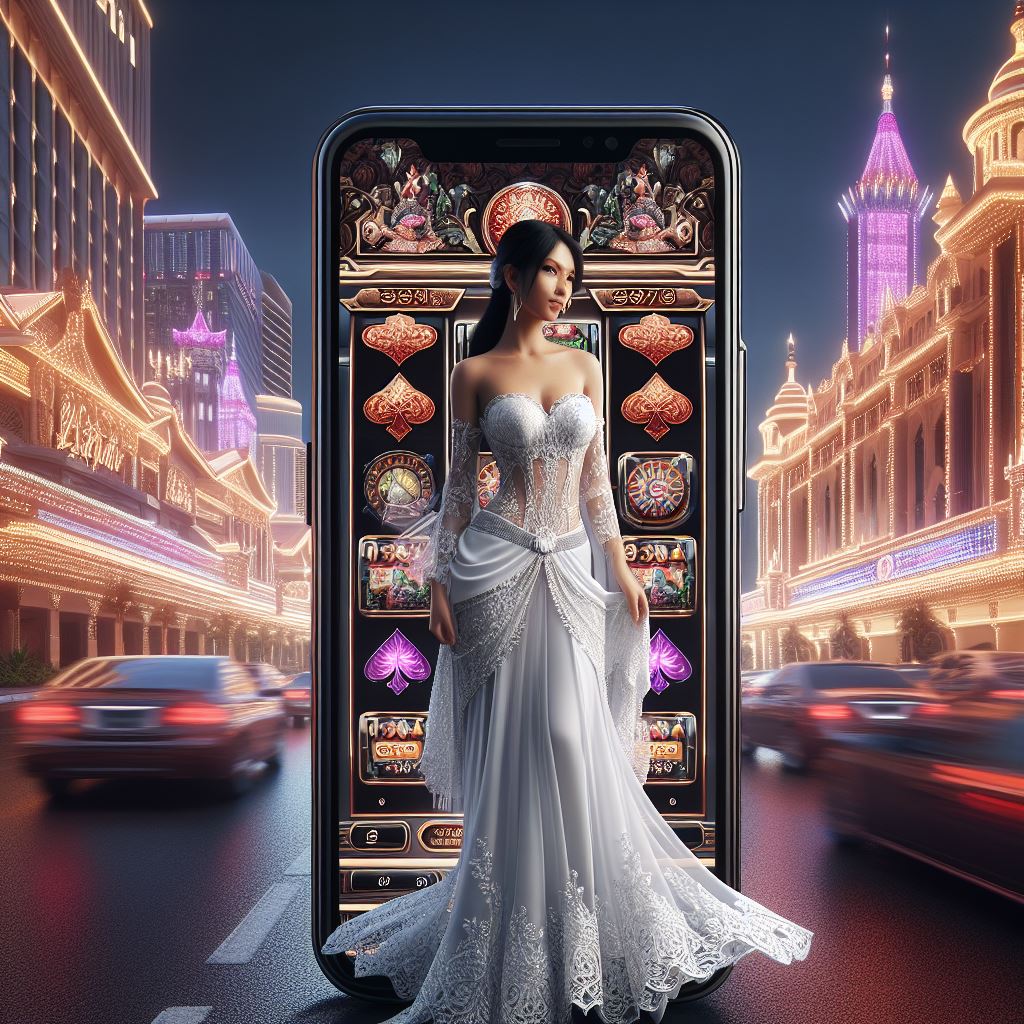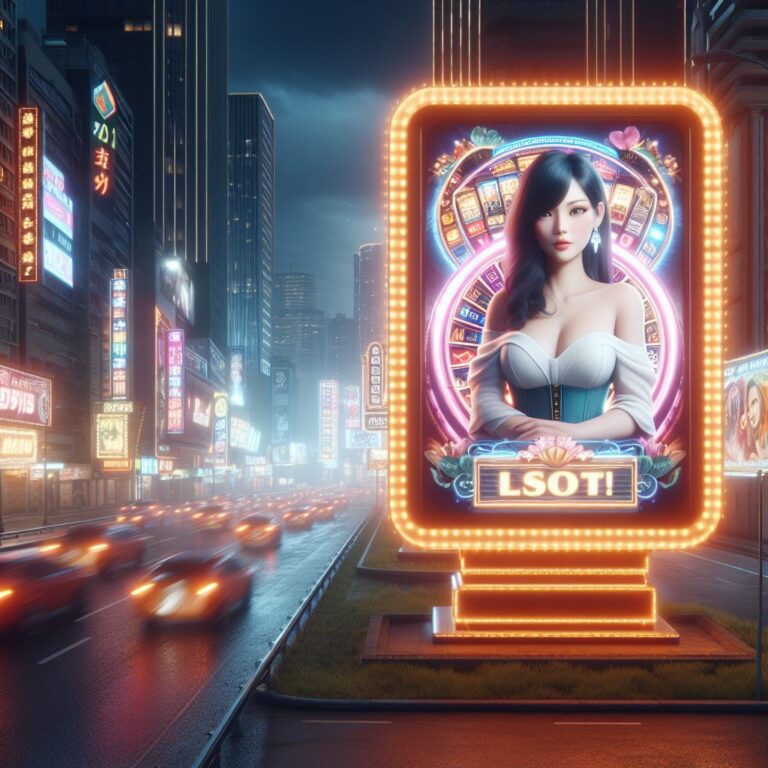Meraih Kemenangan dengan Mystic Fortune Deluxe
Dunia perjudian daring terus berkembang dengan peluncuran slot terbaru yang menawarkan pengalaman bermain yang luar biasa. Dalam perjalanan ini, Habanero, salah satu penyedia perangkat lunak [Read More…]
Analisis Slot Return to The Feature dari Habanero Fitur Menarik
Analisis Slot Return to The Feature oleh Habanero tidak hanya merupakan sebuah permainan slot biasa; ini adalah sebuah karya inovatif yang menampilkan sejumlah fitur unik [Read More…]
Panduan Dasar Bermain Slot Taiko Beats untuk Pemula
Panduan Dasar Bermain Slot Taiko Beats untuk Pemula, kreasi menarik dari provider game Habanero yang menggabungkan tema musikal tradisional Jepang dengan mekanika slot modern. Jika [Read More…]
Keunikan Slot Taiko Beats Dibanding dengan Slot Habanero Lain
Keunikan Slot Taiko Beats Dibanding dengan Slot Habanero Lain adalah pengembang game yang dikenal dengan inovasi dan ragam tema slotnya yang menarik. Salah satu slot [Read More…]
Fusi Budaya dalam Slot Taiko Beats oleh Provider Habanero
Fusi Budaya dalam Slot “Taiko Beats” yang dikembangkan oleh Habanero telah mendapatkan perhatian khusus berkat penggabungan yang unik dan menarik antara tema tradisional Jepang dengan [Read More…]
Menuju Keindahan Eksplorasi Visual Desain Slot Online Memikat
Menuju Keindahan Eksplorasi Visual Desain Dalam dunia perjudian daring yang terus berkembang kasino slot online. Menjadi salah satu permainan paling populer dan menguntungkan. Namun, di [Read More…]
Atraksi Visual Menggali Potensi Eksplorasi dalam Desain Slot
Atraksi Visual Menggali Potensi Eksplorasi dalam Desain Slot Online Dalam dunia perjudian daring yang kompetitif. Desain slot online telah menjadi fondasi penting dalam menarik pemain [Read More…]
Menyambut Lebaran: Kue Tradisional dan Dunia Virtual Slot Online
Menyambut Lebaran: Kue Tradisional dan Dunia Virtual Slot Online setelah sebulan penuh berpuasa, adalah waktu sangat dinanti banyak orang. Ini adalah saat ketika keluarga dan [Read More…]
Meracik Keberuntungan Kisah Dibalik Pembuatan Slot Opor Ayam
Meracik Keberuntungan Kisah Dibalik dunia permainan slot online yang terus berkembang, menciptakan sebuah konsep unik. dapat menarik perhatian pemain merupakan sebuah tantangan bagi setiap pemain. [Read More…]
Eksplorasi Fitur Gamble di Slot Pyramid Bonanza ”pragmatic play”
Eksplorasi Fitur Gamble di Slot Pyramid Bonanza dari Pragmatic Play adalah salah satu slot online yang menarik perhatian pemain seluruh dunia. Slot ini membawa pemain [Read More…]




















